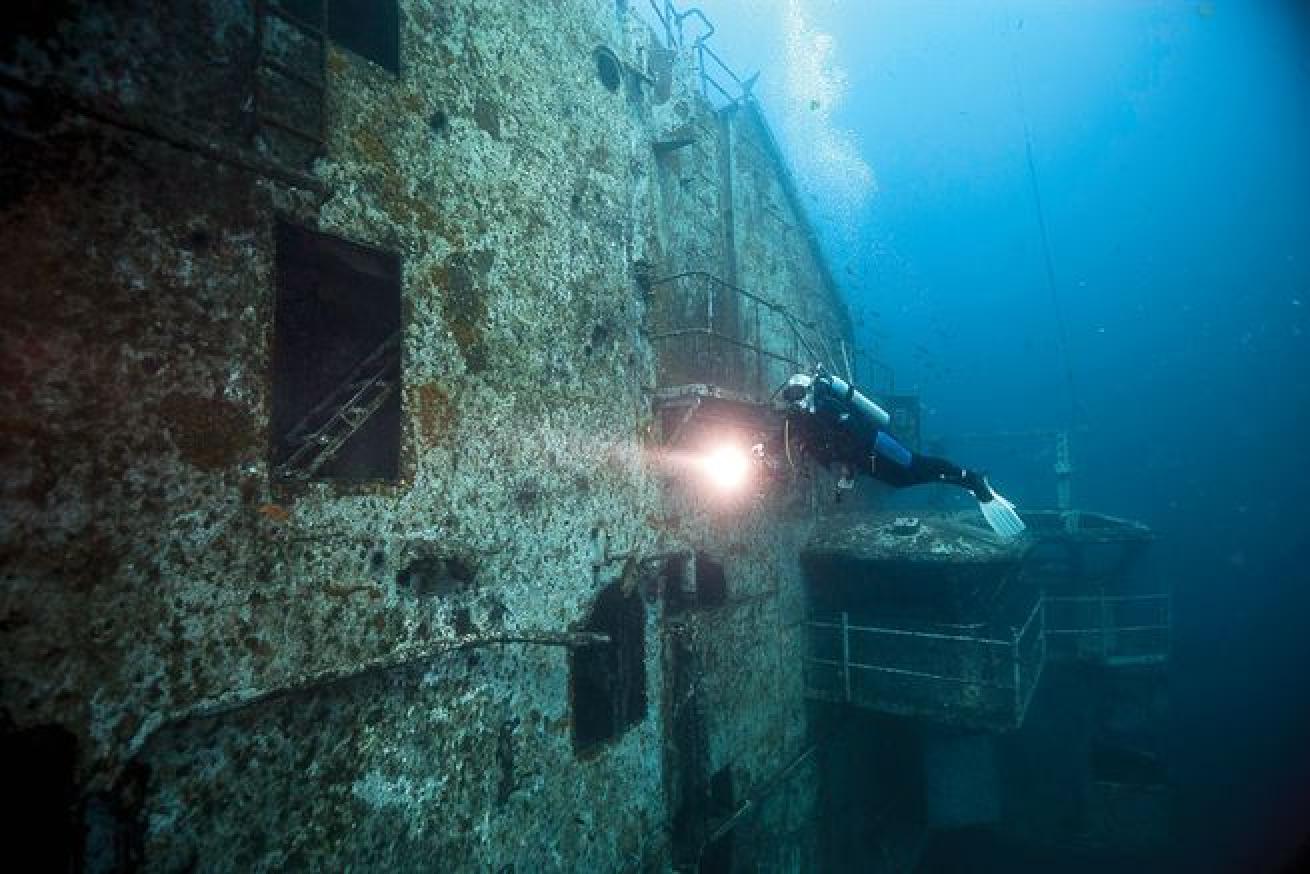Florida Gulf Coast
Anguilla's turquoise waters boast seven marine parks: Dog Island, Prickley Pear, Seal Island Reef System, Little Bay, Sandy Island, Shoal Bay Harbour Reef System and Stoney Bay Marine Park. Dive sites include wreck dives, shore dives, mini wall dives, night dives and heritage diving. Anguilla is known for its intentionally sunk shipwrecks. The island is home to a truly unique attraction, a 960-ton Spanish galleon, El Buen Consejo, that rests on the ocean floor with its cannons and cargo serving as a silent testament to the Caribbean's turbulent past. Anguilla also boasts a healthy double reef system, where a wide variety of corals flourish.
Weather: About 80 degrees year-round.
Average Water Temp: Mid-80Fs in summer in the north, dropping to mid-70Fs in winter. Dive season is year-round.
Average Visibility: 100-plus feet.
Travel Savvy: A passport and onward or return ticket is required. Anguilla is 20 minutes north from French St. Martin by ferry. There are a number of options available for getting to the island. Visitors can fly directly into Anguilla's Wallblake Airport from Puerto Rico via American Eagle/American Airlines and LIAT, or opt to fly directly to St. Maarten, Antigua, St. Thomas or St. Kitts for easy transfer to Anguilla
Destination Links: www.anguilla-vacation.com and www.ahta.ai.

Tim Calver
Florida's Panhandle and Gulf Coast is a seascape of wrecks, towers and ledges, all brimming with supersized fish. Just miles off some of the Panhandle's coast hundreds of ships and artificial reef structures dot the ocean floor. Off Florida's west coast, several coastal communities have enacted aggressive artificial reef programs, sinking everything from ships and barges to demolished bridge sections and decommissioned military vehicles - including the largest sunken warship in the world, the 904-foot U.S.S. Oriskany. Linked together by a netherworld of flooded caves, there are hundreds of springs flowing from the forest floor of north Florida. Here in the heart of what natives like to call "the real Florida," you're never far from a dozen or so of the best freshwater dives in the state. All you need are your wheels and dive gear.
Panhandle, Florida: Spanning the area from Pensacola east almost to Tallahassee, northwest Florida is renowned for its stunning white sands and emerald waters. Many of the towns here preserve a distinctly Southern feel, while others offer modern amenities for visitors. Wrecks are the specialty here.
Citrus County: Citrus County is home to more than 29 freshwater springs, the highest concentration of freshwater springs in the state of Florida. The clear, crisp, 72-degree spring-fed rivers keep snorkelers and divers warm in the winter and cool in the summer. Freshwater springs attract Citrus County’s most famous resident, the West Indian manatee.
Tarpon Springs: Just 45 minutes north of St. Petersburg and found along the shore of the Gulf of Mexico, Tarpon Springs was named for the fish found in abundance in nearby waters. But it also is known as the "sponge capital of the world," and for its 51 miles of waterfront allure. In addition, its charming downtown center is listed on the National Register of Historic Places. Visitors to the Historic District can stroll along brick streets while browsing in art galleries, antiques stores, and specialty shops housed in buildings dating from the late 1800s.
PARTNERS Dive Locker










